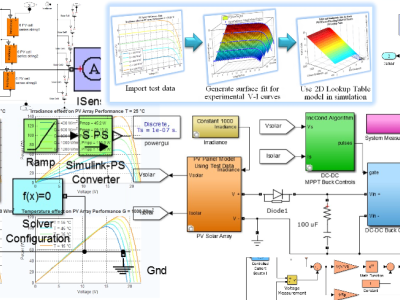Electroplating Chemicals: The Spark Behind Shiny Surfaces

- Citation Author(s):
-
Shubham Gurav
- Submitted by:
- Shubham Gurav
- Last updated:
- DOI:
- 10.21227/qkg6-z108
 7 views
7 views
- Categories:
- Keywords:
Abstract
Electroplating chemicals are the silent architects behind the shiny, corrosion-resistant surfaces we often take for granted. From the gleaming chrome on car parts to the delicate gold plating on jewelry, these chemicals are the backbone of a process that blends chemistry with craftsmanship. At its core, electroplating is the method of depositing a thin layer of metal onto the surface of another material using electric current, and the chemicals involved make all the difference. But this isn’t just science—it’s also art. The chemical solutions used in electroplating, including metal salts, acids, bases, and various additives, determine not only the durability and appearance of the final product but also its functionality. Think of them as the palette for a painter, each with a specific role: brighteners add luster, levelers smooth out imperfections, and wetting agents ensure even coverage.
What makes electroplating chemicals truly fascinating is their role in industries beyond aesthetics. In electronics, for instance, they help create highly conductive and wear-resistant coatings on circuit boards and connectors. In aerospace and automotive sectors, electroplated parts endure extreme conditions while maintaining structural integrity. Even medical tools benefit from this technology, gaining biocompatible coatings that enhance safety and hygiene. The evolution of electroplating chemicals has also been shaped by environmental consciousness—modern formulations are moving away from toxic substances like cyanide and chromium(VI) to more sustainable alternatives, without compromising quality.
As industries chase greater precision and longer-lasting materials, the future of electroplating chemicals looks both complex and promising. Innovations are now focusing on nanotechnology-infused baths, low-energy processes, and recyclable chemical compositions, making the entire process smarter and cleaner. In a world increasingly focused on both performance and sustainability, electroplating chemicals are no longer just industrial ingredients—they're enablers of innovation and transformation at the molecular level.
Instructions:
Electroplating chemicals are the silent architects behind the shiny, corrosion-resistant surfaces we often take for granted. From the gleaming chrome on car parts to the delicate gold plating on jewelry, these chemicals are the backbone of a process that blends chemistry with craftsmanship. At its core, electroplating is the method of depositing a thin layer of metal onto the surface of another material using electric current, and the chemicals involved make all the difference. But this isn’t just science—it’s also art. The chemical solutions used in electroplating, including metal salts, acids, bases, and various additives, determine not only the durability and appearance of the final product but also its functionality. Think of them as the palette for a painter, each with a specific role: brighteners add luster, levelers smooth out imperfections, and wetting agents ensure even coverage.
What makes electroplating chemicals truly fascinating is their role in industries beyond aesthetics. In electronics, for instance, they help create highly conductive and wear-resistant coatings on circuit boards and connectors. In aerospace and automotive sectors, electroplated parts endure extreme conditions while maintaining structural integrity. Even medical tools benefit from this technology, gaining biocompatible coatings that enhance safety and hygiene. The evolution of electroplating chemicals has also been shaped by environmental consciousness—modern formulations are moving away from toxic substances like cyanide and chromium(VI) to more sustainable alternatives, without compromising quality.
As industries chase greater precision and longer-lasting materials, the future of electroplating chemicals looks both complex and promising. Innovations are now focusing on nanotechnology-infused baths, low-energy processes, and recyclable chemical compositions, making the entire process smarter and cleaner. In a world increasingly focused on both performance and sustainability, electroplating chemicals are no longer just industrial ingredients—they're enablers of innovation and transformation at the molecular level.








